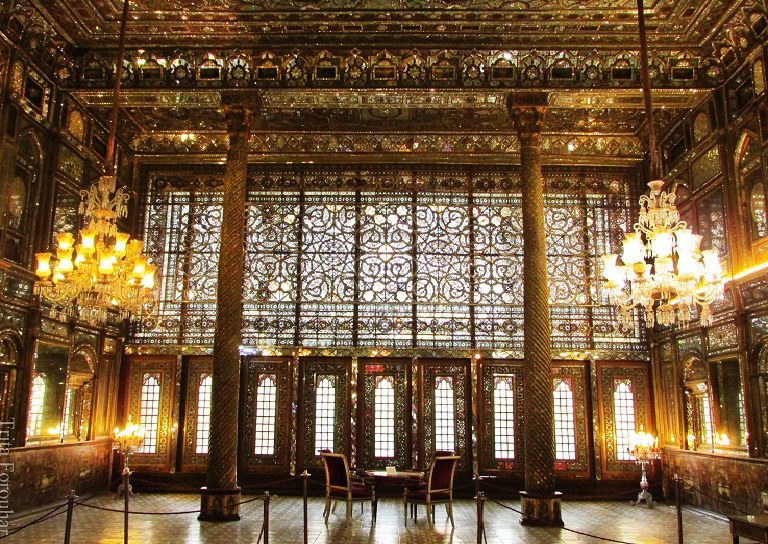Introduction
The Golestan Palace, located in Tehran, Iran 🇮🇷, is a magnificent UNESCO World Heritage Site that enchants visitors with its stunning beauty and rich historical significance. This palace is a remarkable representation of Persian art and architecture, reflecting centuries of cultural evolution and historical narratives.
Historical Background
Originally built in the 16th century during the Safavid dynasty, the Golestan Palace has undergone several transformations and expansions, particularly during the Qajar dynasty in the 19th century. The complex served as the royal residence for many kings, making it a vital part of Iran’s history. Its name, “Golestan,” translates to “Rose Garden,” aptly describing the lush gardens that surround the palace, symbolizing beauty and tranquility.

Architectural Significance
The Golestan Palace is renowned for its unique blend of Persian architecture and European influences, showcasing the cultural exchanges that shaped the region over the centuries. The complex features a variety of architectural styles, intricate tile work, and exquisite mirror decorations, which collectively demonstrate the artistic mastery of Persian craftsmanship.
Notable Features
One of the most captivating aspects of the Golestan Palace is the Hall of Mirrors. This grand hall is adorned with dazzling mirrors that create a mesmerizing play of light, exemplifying the opulence of the Qajar era. The reflective surfaces were designed to enhance the grandeur of the space, making it a popular venue for royal gatherings.

Another significant area is the Sun Chamber, characterized by its elegant arches and lavish furnishings. This chamber serves as a stunning example of the artistic achievements of the time, reflecting the meticulous attention to detail that defines Persian architecture.
Cultural and Historical Impact
Beyond its architectural beauty, the Golestan Palace has been a witness to many significant historical events, including the constitutional revolution in the early 20th century. It is not just a beautiful site but also a key location in Iran’s political history, marking the intersection of art and governance.
Modern Relevance
Today, the Golestan Palace is a popular destination for both locals and tourists, offering a glimpse into Iran’s regal past. It serves as a cultural hub, hosting exhibitions and events that celebrate Persian heritage. Visitors can explore the enchanting halls and gardens, immersing themselves in the rich history that the palace embodies.

Conclusion
As you wander through the Golestan Palace, you encounter a testament to the grandeur of Persian history. This iconic landmark invites all who visit to appreciate its timeless beauty and cultural significance. From its intricate architecture to its storied past, the Golestan Palace remains a cherished jewel in the heart of Tehran, captivating the imagination of all who explore its magnificent grounds.

